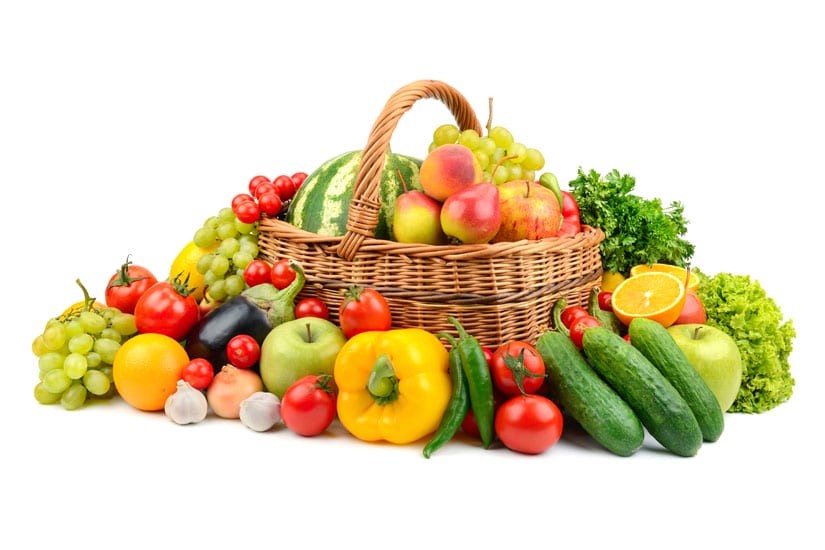
Making healthy food accessible and affordable for everyone has been a focus of Down to Earth since opening its first store at Wailuku on Maui 35 years ago. The idea was that whole, minimally processed foods often cost less than highly processed foods—those laden with fat, sugar, additives and preservatives—because the cost to produce, package, and market them is much less.
Now, a study by the U.S. Department of Agriculture (USDA) confirms that healthy food can be affordable and can cost less than unhealthy food.1 The researchers defined healthy food as food that helps a person meet the USDA nutritional guidelines. This includes vegetables, fruits, grains, protein and dairy. They defined unhealthy food as food which does not help a person meet the nutritional guidelines, or which has high amounts of saturated fat, added sugar or sodium.
But many consumers don't think about the difference, much less care about it. The reality is that fat, salt and sugar taste great! They think junk food is good enough because it takes the edge off of hunger and is cheaper than eating a healthy, balanced meal. Surprisingly, researchers actually confirmed that grains, dairy, vegetables and fruit are all cheaper than most meats or foods high in saturated fat, added sugars or salt.
In addition, animal proteins such as meat, chicken and fish are the most expensive foods by portion size, but it is possible to meet protein requirements with less expensive proteins such as beans. So if you’re trying to stay healthy on a limited budget, you’re in luck!
The findings of the USDA study confirm that a vegetable stir-fry with rice is cheaper than a burger and fries. The authors of the study affirmed that it was possible for low-income families to meet the government’s nutritional recommendations. They pointed out that in order to meet the recommendations, fruits and vegetables should occupy half of the plate at each meal. This may mean that people should dedicate a greater percentage of their food budget to buying whole fruits and vegetables, but the amount they spend on food overall does not have to increase.
In addition to the sticker price, the cost of diet-related choices must take into account long-term health care and lifestyle costs associated with eating highly processed foods that contain unhealthy additives. For instance, five of the leading causes of death in the United States are related to improper diet: coronary heart disease, cancer, stroke, osteoarthritis and osteoporosis, and diabetes.
Given the health benefits of a high-fiber, low-fat vegetarian diet, over the course of a lifetime an individual can save hundreds or thousands of dollars on health care. Besides the savings, eating a healthy diet contributes to a better quality of life all around. Not only does eating healthy food help you avoid disease, but the vitamins, minerals, enzymes and phytonutrients found in whole grains, fruits, vegetables and legumes will proactively encourage a state of health and wellbeing.
The fact is that eating healthy is affordable. Now, this study by the USDA reaffirms it. Whole, unprocessed fruits, vegetables, grains and dairy products are less expensive than processed, convenient food and animal protein.
The message is clear: you don’t have to pay anything more to eat better. In fact you can
- Carlson, Andrea, and Elizabeth Frazão. Are Healthy Foods Really More Expensive? It depends on How You Measure the Price, EIB-96, U.S. Department of Agriculture, Economic Research Service, May 2012.